Moissanite vs. Diamond: What’s the difference?
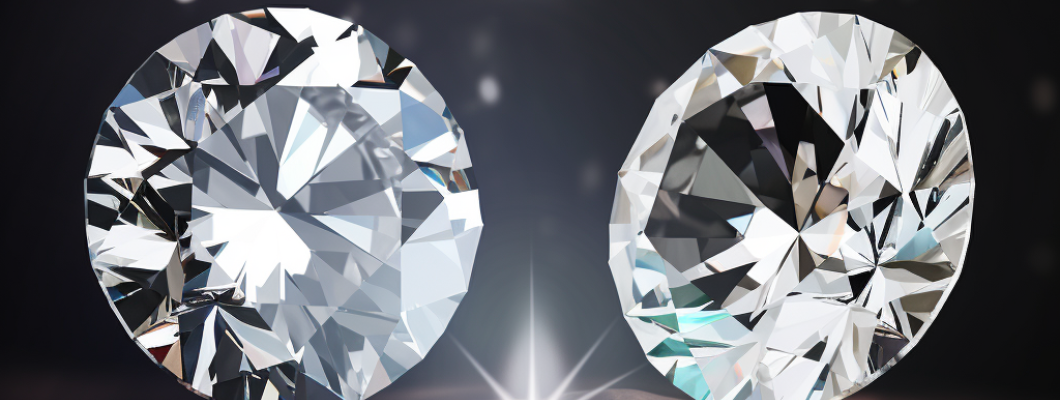
Diamond is without a doubt the most popular gemstone in the world. For years it has been seen as the gemstone to symbolize "eternal love" (what is meant by this is also unclear to us…)
Yet these days you hear more and more about much more affordable and ethical alternatives, such as moissanite. And yes, even for the very romantic gestures, such as engagement and wedding rings, more and more lovers are choosing a diamond alternative.
Although moissanite is virtually indistinguishable from diamond to the naked eye, they are constructed from completely different raw materials. This is precisely why moissanite is so interesting.
However, while both stones are so similar, diamond is on average 200× more expensive than moissanite.
So what's in it for you? Have we been paying way too much for diamonds all this time? The answer will surprise you….
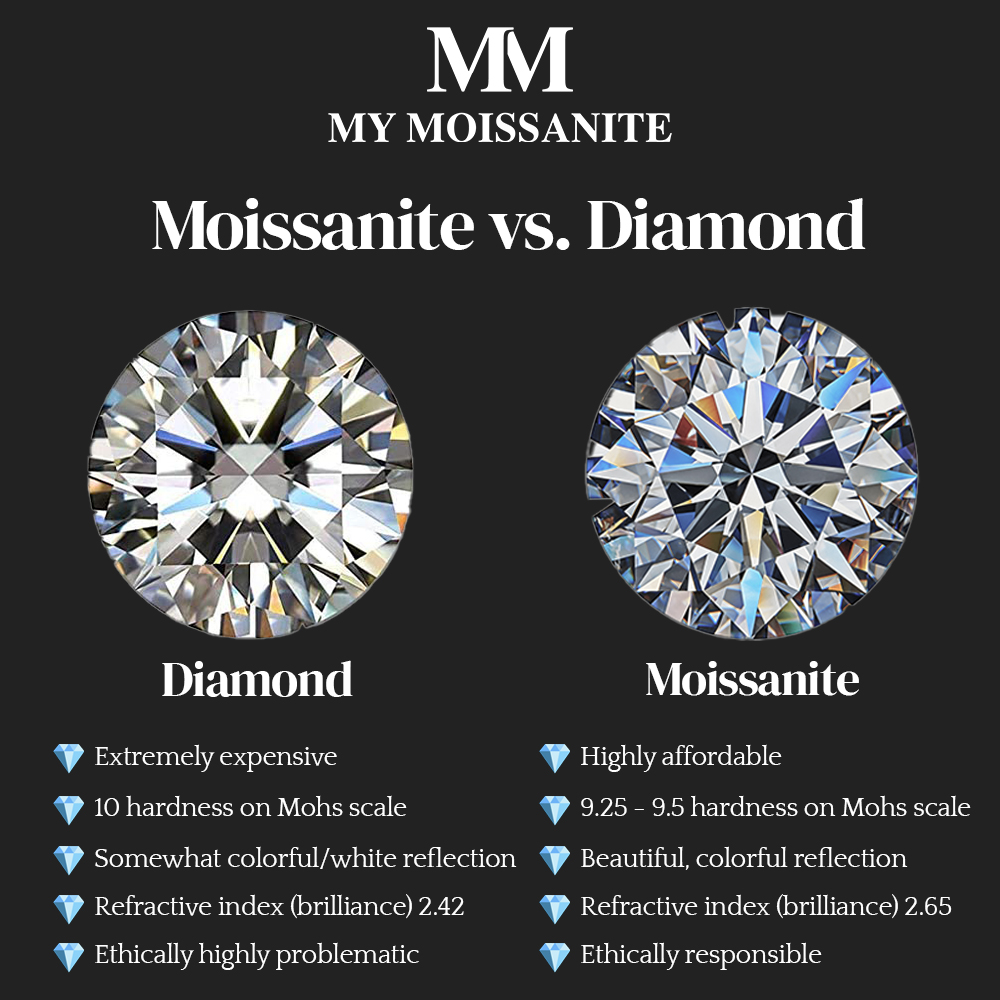
Moissanite vs. diamond:
Price
Perhaps the biggest difference of all when comparing moissanite to diamond, is price.
Diamonds are relatively speaking incredibly expensive. For a perfectly cut diamond of 1 carat, you can easily spend € 10,000 – € 15,000.
Meanwhile, a 1 carat moissanite of excellent quality won't cost you more than €200….
That's a price difference of 5000% to 7500%!
You would think that the price difference would have to do with a difference in quality. However, nothing could be further from the truth. In fact, an average diamond is moderately cut with, in addition, many imperfections.
On the other hand, a moissanite is nowadays almost always of excellent quality in both cut, color, and impurities. This is because all commercially available moissanites are grown in the lab. This allows us to grow the ideal gemstone under perfect conditions.
In fact, experts (jewelers and goldsmiths) can often barely, if at all, tell the differences between diamond and moissanite! [1]
Hardness and durability
The hardness of minerals is measured on the Mohs hardness scale. Diamond ranks number one with a score of 10, but moissanite follows diamond closely with scores as high as 9.25 to 9.5. This makes moissanite the second-hardest gemstone in the world (after diamond). [2]
In other words, moissanite and diamond are both extremely hard. Only a diamond or other moissanite can scratch a moissanite stone.
So in practice you will notice absolutely no difference between the hardness of moissanite and diamond. Moissanite lasts as long and stays as beautiful as a diamond. It does not become dull over time (like zirconium) and retains its brilliance.
Moissanite is therefore just as suitable for showing your ‘eternal love’ to him or her (…)
Fire and brilliance
Diamonds have tremendous refraction (also called dispersion or brilliance).
A perfectly cut diamond refracts the light in lanes that sparkle in all directions. This sparkle is what makes a diamond so beautiful and sought after. But moissanite also has a strong sparkle!
In fact, moissanite sparkles more than diamond.
The refractive power of minerals is measured by the so-called refractive index, with diamond scoring a 2.42, while moissanite scores a whopping 2.65! [3]
Moissanite thus shines more than diamond. Still, this doesn’t mean you’ll see much difference between the two.
In fact, a study by the Gemological Institute of America [2] found back in 1997 that the naked eye sees almost no difference between a high-quality diamond and a “basic” moissanite.
The only noticeable difference is a slightly brighter and more present reflection of light with moissanite. And this brilliance is precisely what makes a diamond so precious to many!
Color
It is almost impossible to see a color difference between colorless diamonds and moissanite stones.
Although both gemstones can be purchased in a variety of colors, the colorless varieties are typically the most sought after. However, colorless diamonds are incredibly expensive, so most people still choose a diamond with a brown or dark haze.
In contrast, almost all available moissanite stones contain zero impurities or discoloration (unless this is what you want, because of the more “vintage” look).
This is because moissanite is extremely rare by nature, and thus all commercially available moissanite has been grown under controlled conditions in laboratories.
Ethics
One of the ways moissanite differs significantly from diamond is from an ethical perspective.
The diamond trade has been under fire for decades for its typically unethical practices.
Since the 1990s, diamonds have been traded in Africa by rebel groups, financing their domination, wars and often inhumane activities.
The suffering and violence this brought caused the familiar term we all know by now: blood diamonds, also known as conflict diamonds.
The United Nations then set up the Kimberly Process. This was a way to verify that diamonds had been won legitimately.
But several human rights organizations note that little has changed in the situation. [4]
Moreover, in African countries, among others, diamond mining still causes unsafe working conditions, racism and a devastating impact on the surrounding nature.
It seems impossible to completely eliminate blood diamonds. Therefore, many believe it is important that as many people as possible begin to choose alternatives that are ethical, such as moissanite, zirconium, or white sapphire.
Frequently Asked Questions
Is it acceptable to buy a moissanite engagement ring instead of diamonds?
It may sound crazy at first glance, but upon further consideration, most couples even prefer a moissanite engagement ring.
The reason? Moissanite is much more affordable, just as beautiful (if not more beautiful) than diamond, and besides, moissanite is the much more ethical choice because of the “blood diamond” situation in Africa.
So save yourself thousands of dollars by buying a moissanite engagement ring instead of diamonds, and invest your extra budget, for example in your honeymoon or wedding!
Why is diamond much more expensive than moissanite?
You might think that the high price of diamonds has to do with the scarcity of the gemstone. However, this is incorrect. In 2019 alone, a whopping 142 million carats of diamonds were mined worldwide. [5]
In fact, the idea of scarcity was created by British traders who formed a cartel in the 1940s to gain a monopoly over the diamond trade. This company still exists and is now called De Beers. [6]
De Beers began that time with a clever marketing campaign. In fact, according to many, the world’s most successful marketing campaign ever conceived.
With the slogan “Diamonds are forever,” De Beers created the sentiment that diamonds symbolized “everlasting love” and were thus indispensable to any engagement.
And because of the monopoly the company has to this day, they can set the price of diamonds. [7]
Believe it or not, but not quality or scarcity thus makes diamonds more expensive than moissanite and other minerals. Extremely good marketing. That’s the answer.
How is moissanite made?
Moissanite is a mineral that occurs naturally. However, it is incredibly rare and too small to process. Therefore, commercially available moissanite is grown in laboratories.
Silicon and carbon are formed into a sparkling gemstone through a complex process. This is done by exposing the two raw materials to heat and very high pressure. This causes the raw materials to evaporate and mix with each other. Eventually the whole thing cools down and a rough moissanite stone is formed.
At this time, the mineral can be cut into a sublime gemstone.
Where can I buy moissanite?
Moissanite is not yet as readily available as diamond. Especially in jewelry stores, you will not find moissanite. However, we specialize in the sale of Moissanite. See our store page for all our moissanite products!
Resources
[1] Donald Clark, CSM IMG. “Distinguishing Diamonds: Educating Your Eyes” – International Gem Society.
[2] Dr. Kurt Nassau, Dr. James E. Shigley, Shane F. McClure & Shane Elen. “Synthetic Moissanite: A New Diamond Substitute” – Gemological Institute of America
[3] “Diamond” – Encyclopaedia Britannica
[4] Ivona Josipovic. “Conflict Diamonds: Not so clear-cut” – Harvard International Review
[5] Diamond industry - statistics & facts
[6] “Blood Diamond” - Encyclopaedia Britannica
[7] Uri Friedmand. “How an Ad Campaign Invented the Diamond Engagement Ring” – The Atlantic
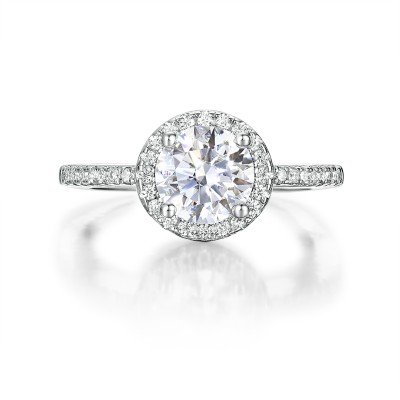
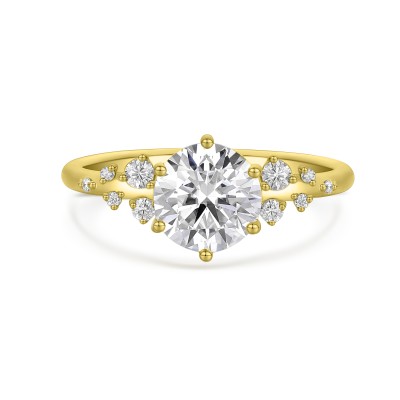
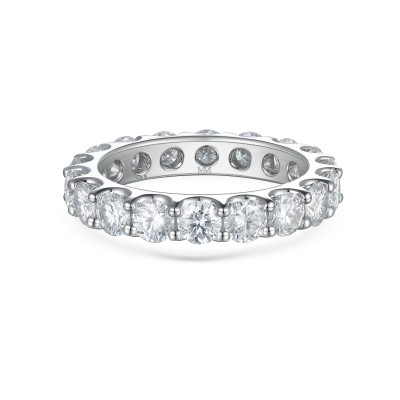
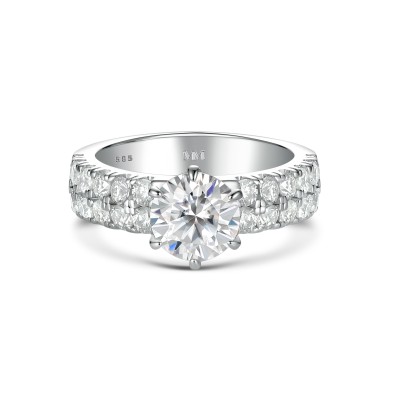
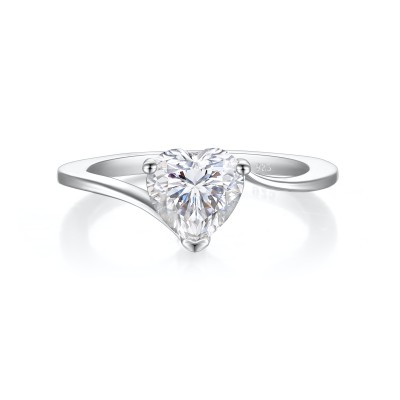
-400x400.jpg)

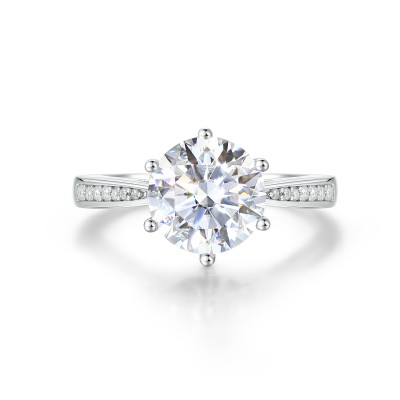
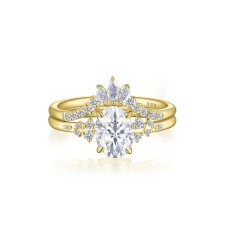
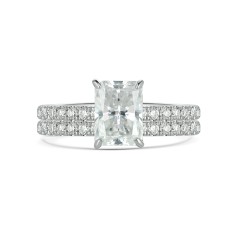
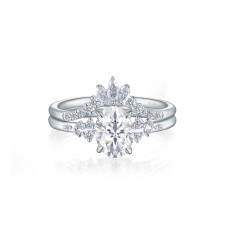
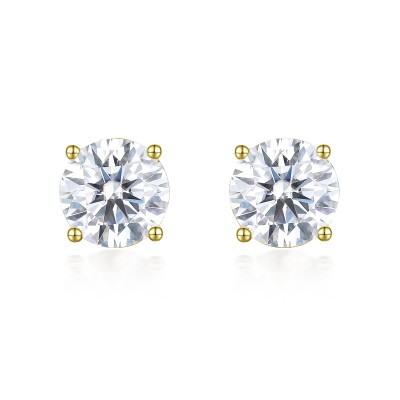
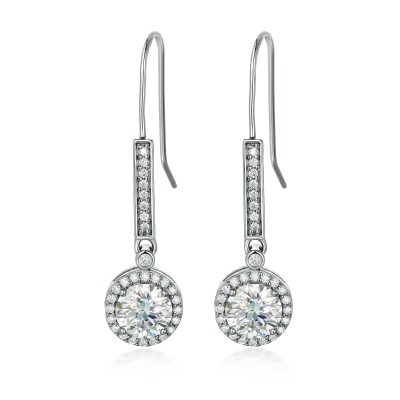


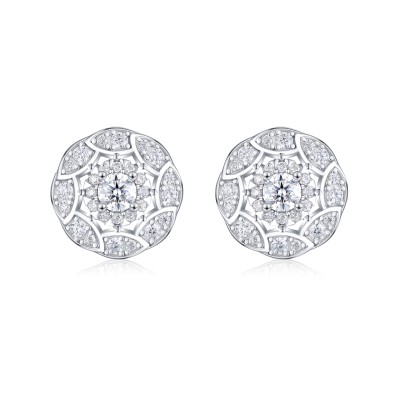
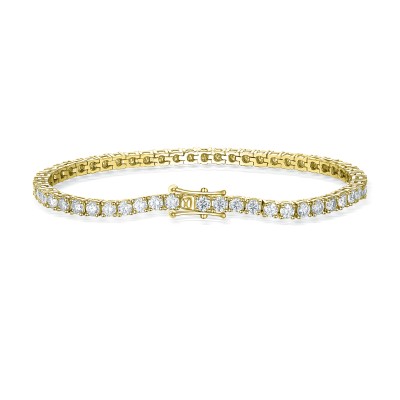


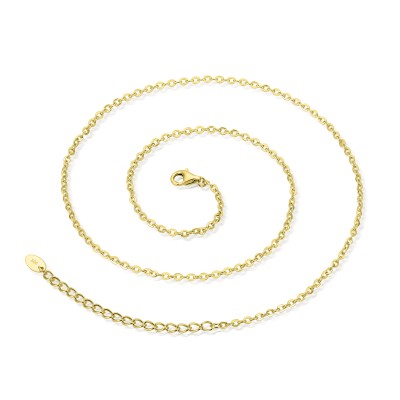
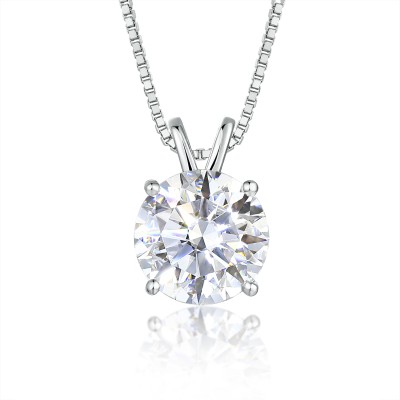
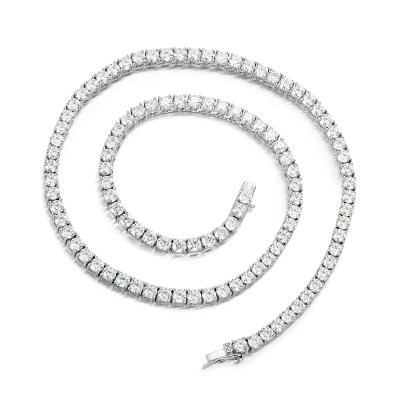
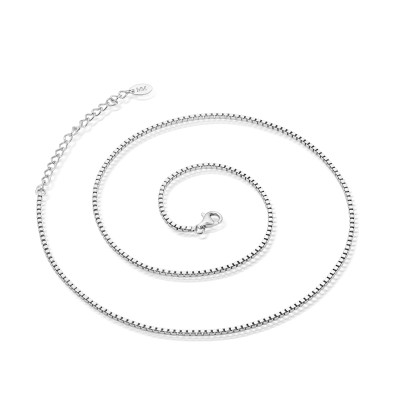

2 Comment(s)
Great site. Beautiful too.
I am looking to have a stone made from the ashes of my cat I recently lost. Is moissanite a stone that can be made in this way?
Thank you for your assistance with this.
Regards
Sarah
Leave a Comment